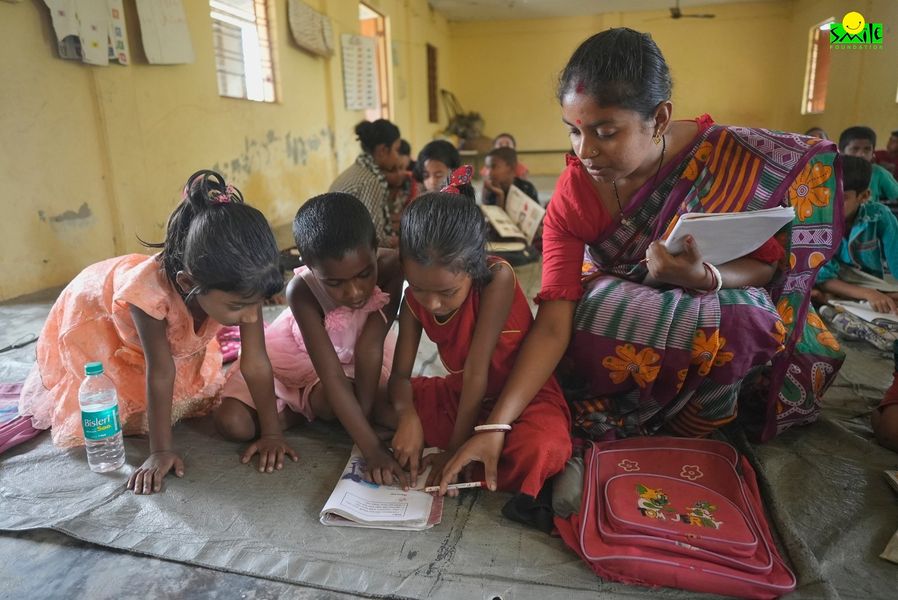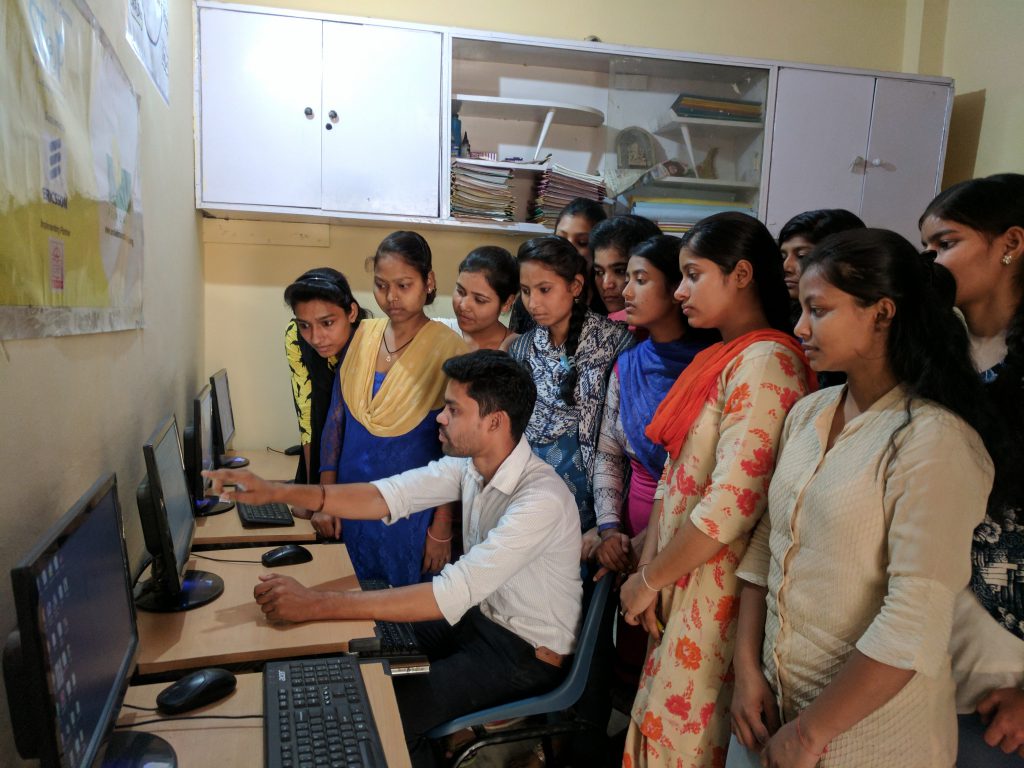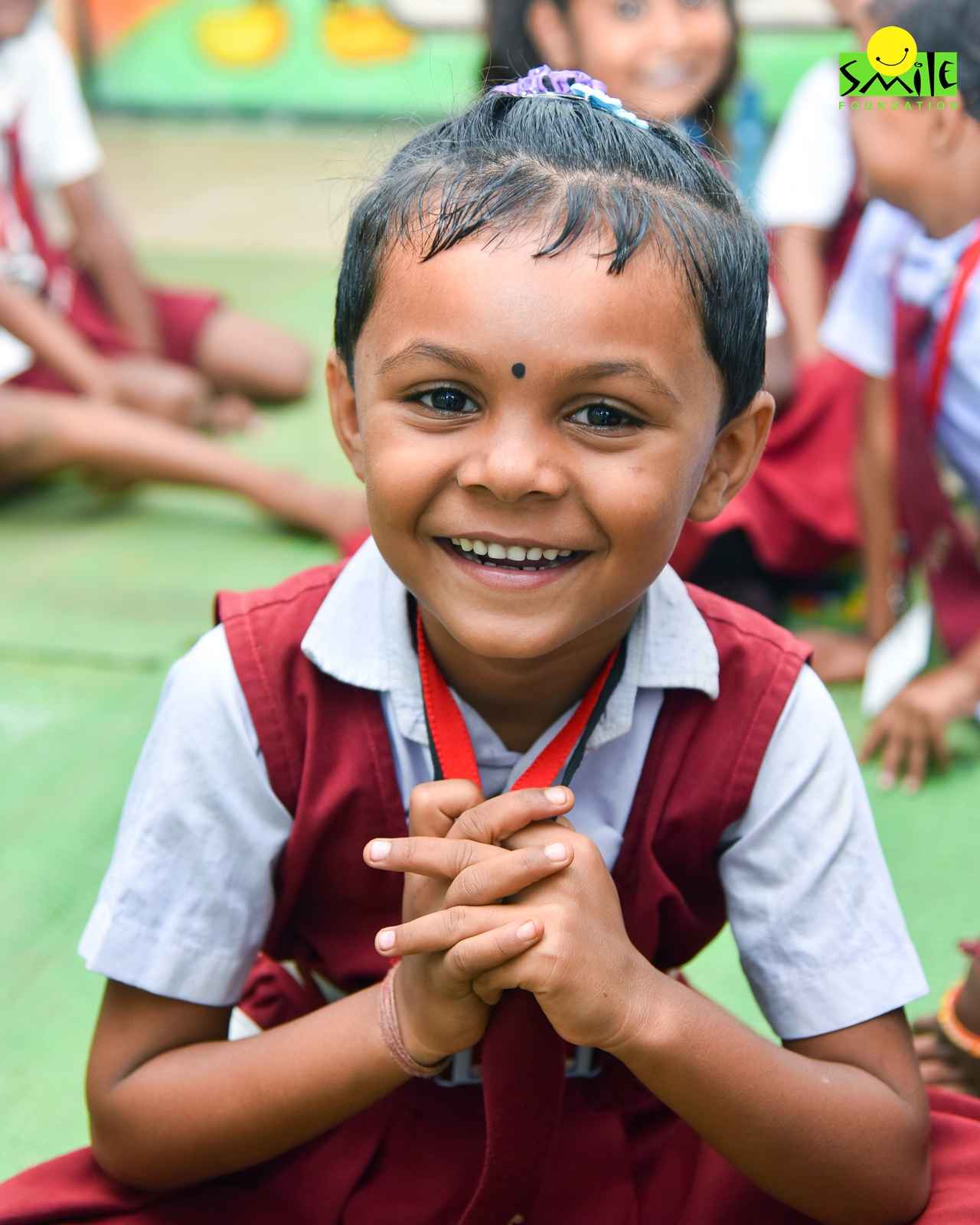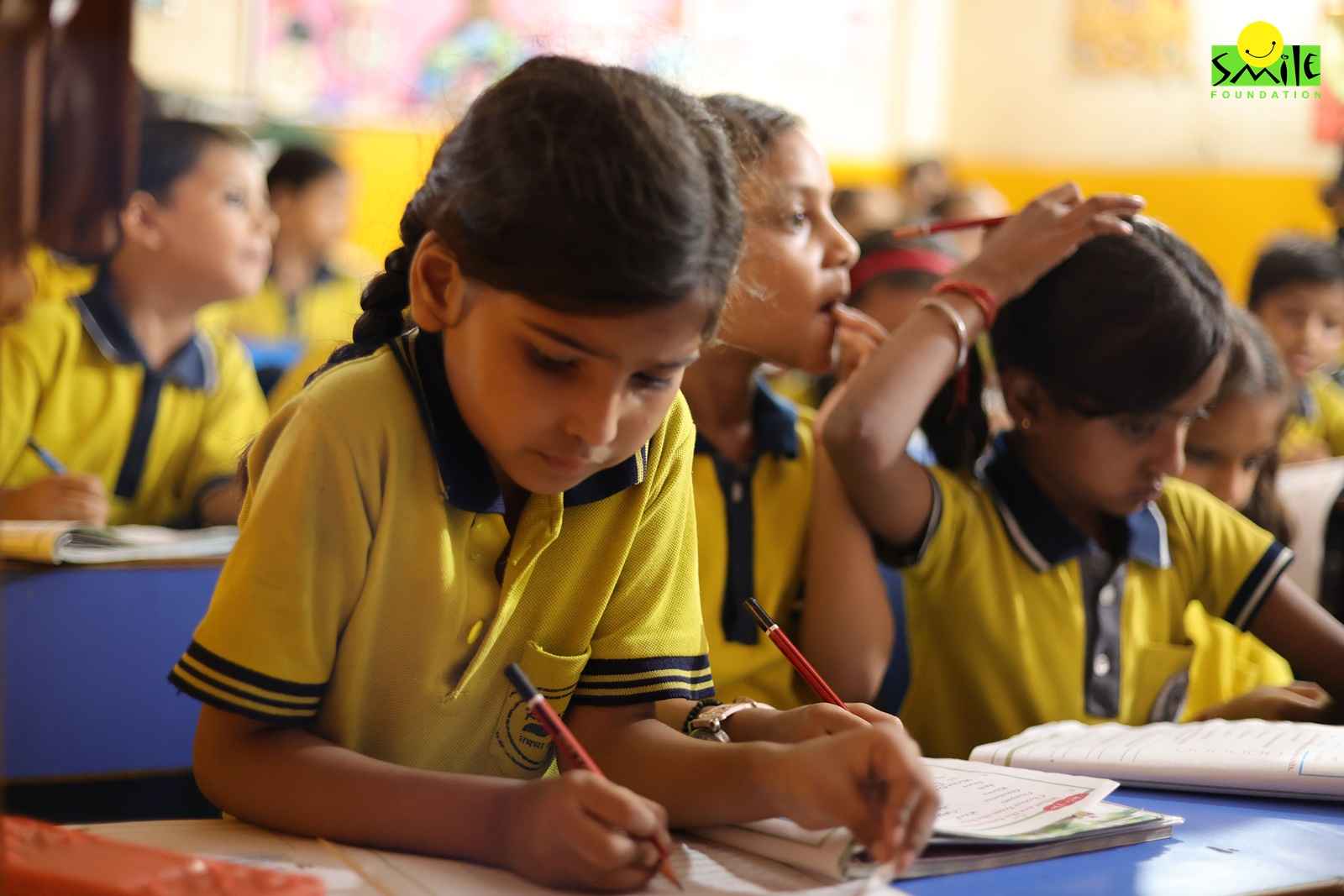There exists an undeniable aspiration— an aspiration that transcends borders and cultures. It is the aspiration for women in developing countries to not merely survive but to thrive, to not merely exist but to excel, and to not merely follow but to lead. To realize this aspiration, it is imperative to discern, with precision and empathy, the needs that resonate most profoundly with these women.
For a truly equal world, it is imperative to address the unique challenges faced by women in developing countries. These challenges, often shaped by economic, social, and cultural factors, significantly impact their well-being and hinder their full participation in society. To create effective policies and initiatives, it is essential to understand what women in developing countries need the most. Below are the three most important needs of the women which in turn have the capacity to break other gender disparities.
Access to Quality Healthcare
Access to healthcare services remains a critical need for women in developing countries. In many regions, women face higher maternal mortality rates and limited access to reproductive healthcare. According to the World Health Organization (WHO), 2020 had Maternal mortality (per 100,000 live births) of 103 in India with most of these deaths occurring in low-resource settings.
Maternal mortality represents a devastating human tragedy. Every maternal death not only signifies the loss of a mother but also has a profound impact on families and communities, leaving children without maternal care and guidance. High maternal mortality is an indicator of the overall health and effectiveness of a healthcare system. It often suggests weaknesses in healthcare infrastructure, emergency obstetric care, and health workforce capacity.
Ensuring universal access to quality maternal healthcare services is paramount. This includes prenatal care, skilled birth attendance, and access to emergency obstetric care. Investment in healthcare infrastructure and facilities is crucial.
Empowering women with the knowledge and access to family planning methods can help reduce unintended pregnancies and the associated risks. Family planning allows women to time and space pregnancies, reducing maternal mortality.
Education Opportunities
Education is a fundamental right and a powerful tool for women empowerment. In many developing countries, girls still face barriers to accessing quality education. The latest data from the UNESCO Institute for Statistics reveals that approximately 250 million children and youth remain deprived of educational opportunities. Among them, 122 million are girls. Furthermore, women continue to comprise a staggering two-thirds of the 763 million adults who lack fundamental literacy skills.
Education plays a crucial role in improving the health and well-being of girls and women. Educated women are more likely to make informed health choices, have healthier families, and access quality healthcare services.
Girls who receive an education tend to marry later and have fewer children. Delayed marriage and childbirth contribute to better maternal and child health outcomes and break the cycle of intergenerational poverty.
Increasing education opportunities for girls and women in India is not only a matter of social justice but also an investment in the development of the nation. It has the potential to bring about positive transformations in multiple areas, from economic growth to health and social equity, ultimately leading to a more inclusive and prosperous society.
Economic Empowerment
Economic independence is crucial for women empowerment. In developing countries, women often face limited opportunities for formal employment and income generation. According to the International Labour Organization (ILO), the global gender pay gap stands at 20%, with women disproportionately represented in vulnerable employment.
According to the Global Wage Report 2022-23, 2018/19 report estimations showcased a global average gender pay gap of approximately 20 percent, drawing from data sourced from 80 countries. In the subsequent edition, which focuses on a more select group of nations, the evolution of gender pay gaps was examined, revealing minimal change between 2019 and 2021–22.
Considering that the gender pay gap remains persistently high across various countries and regions, it is evident that intensified efforts are imperative to combat gender inequalities within the labor market.
Economic empowerment enables women to access better healthcare, education, and nutrition for themselves and their families. It contributes to an improved quality of life for women and their dependents. Empowered women serve as role models for future generations, inspiring girls and young women to strive for their own economic empowerment and leadership.
Conclusion
Addressing the needs of women in developing countries requires a comprehensive and multi-dimensional approach. Data from reputable sources highlight the challenges women face in accessing healthcare, education, economic opportunities, and their right to live free from violence and discrimination. Empowering women in these regions not only enhances their well-being but also contributes to sustainable development and global gender equality efforts.
It is imperative for governments, NGOs, and international organizations to collaborate in crafting policies and initiatives like Smile Foundation’s Swabhiman that address these critical needs and uplift women in developing countries like India.









